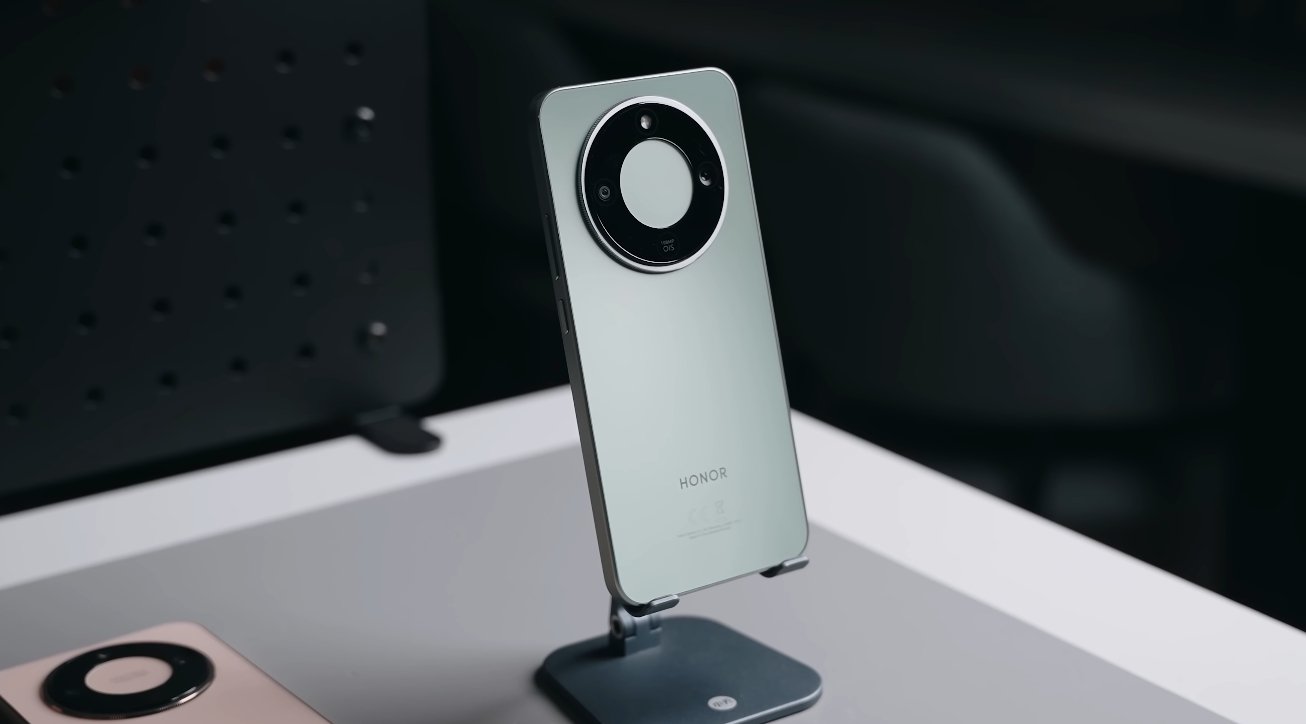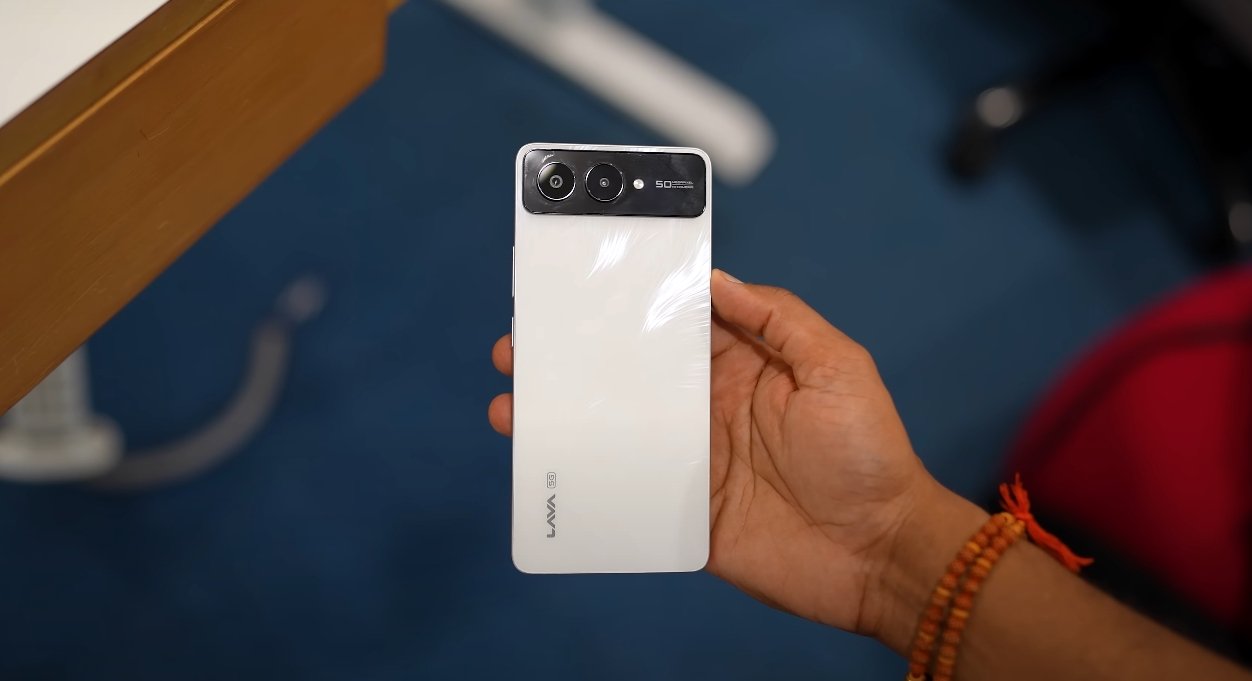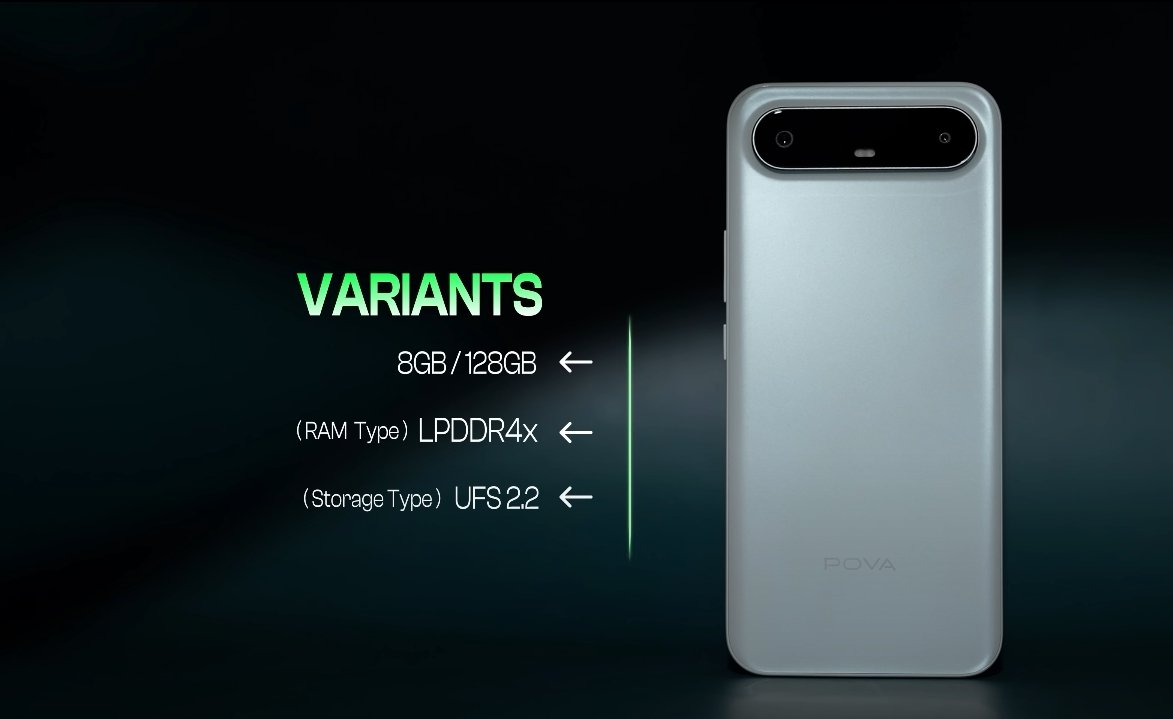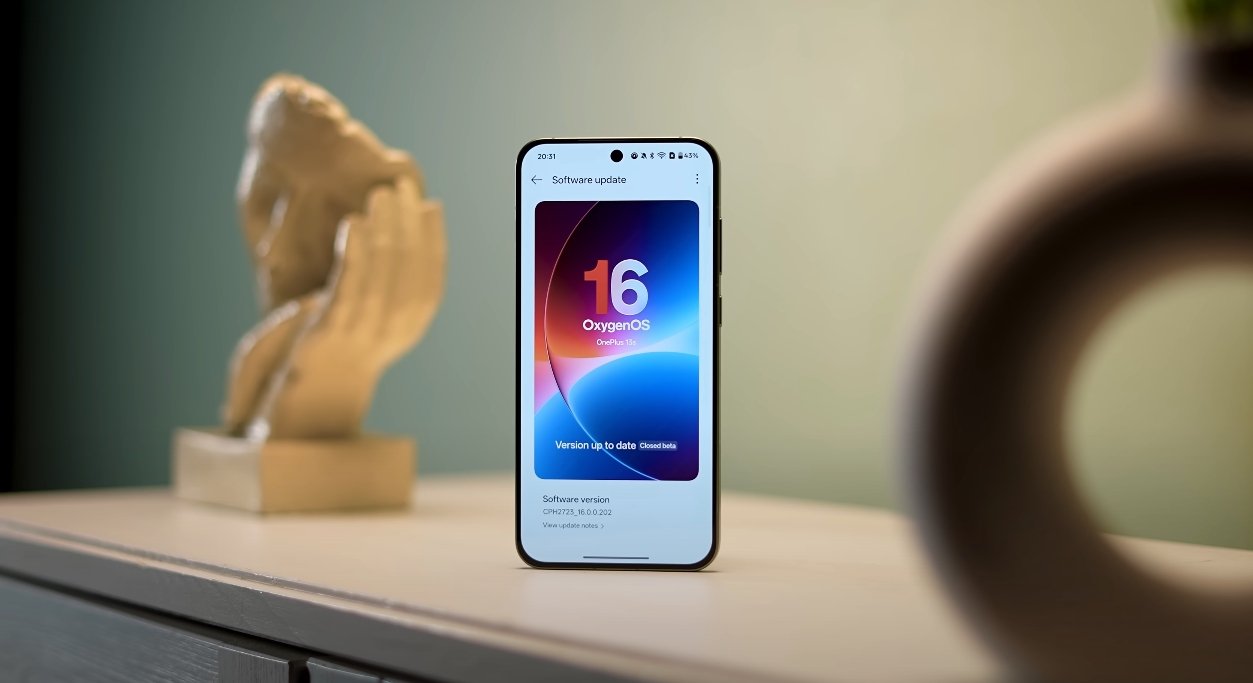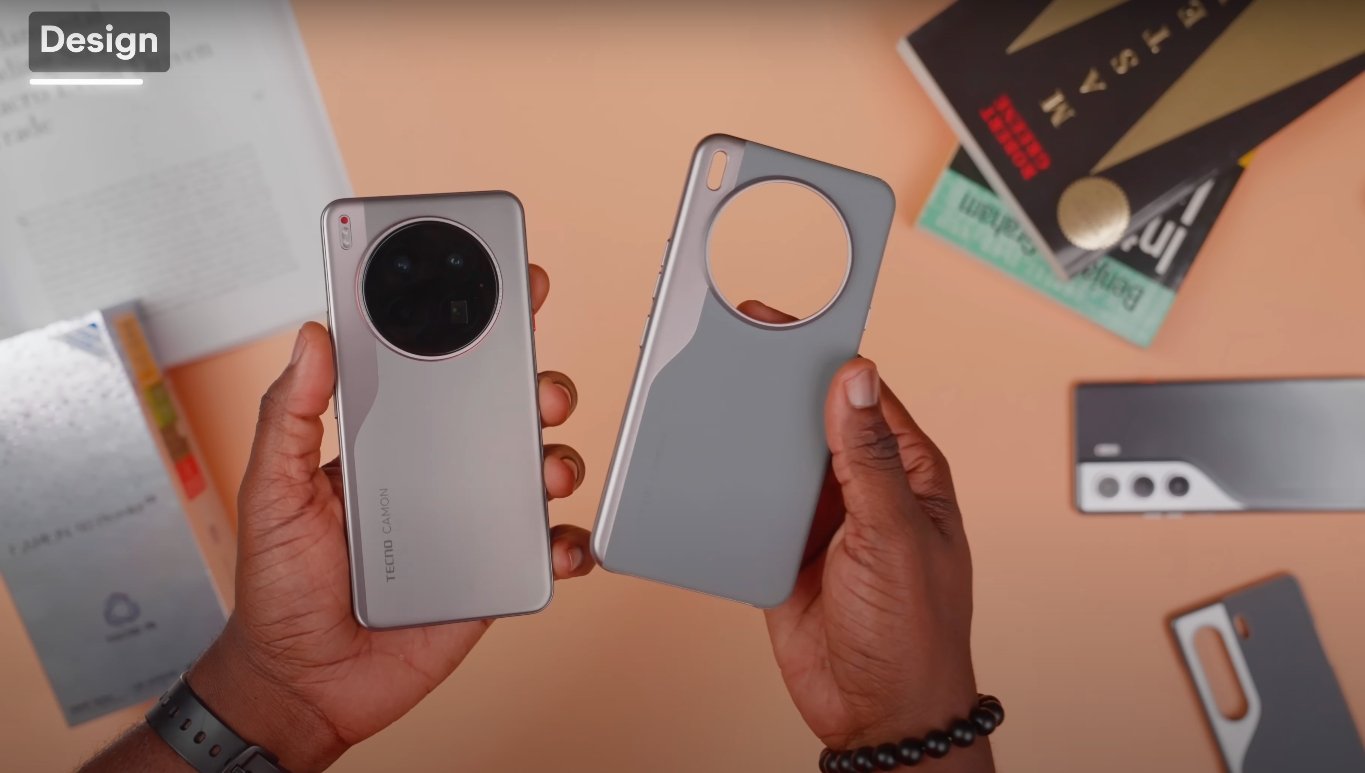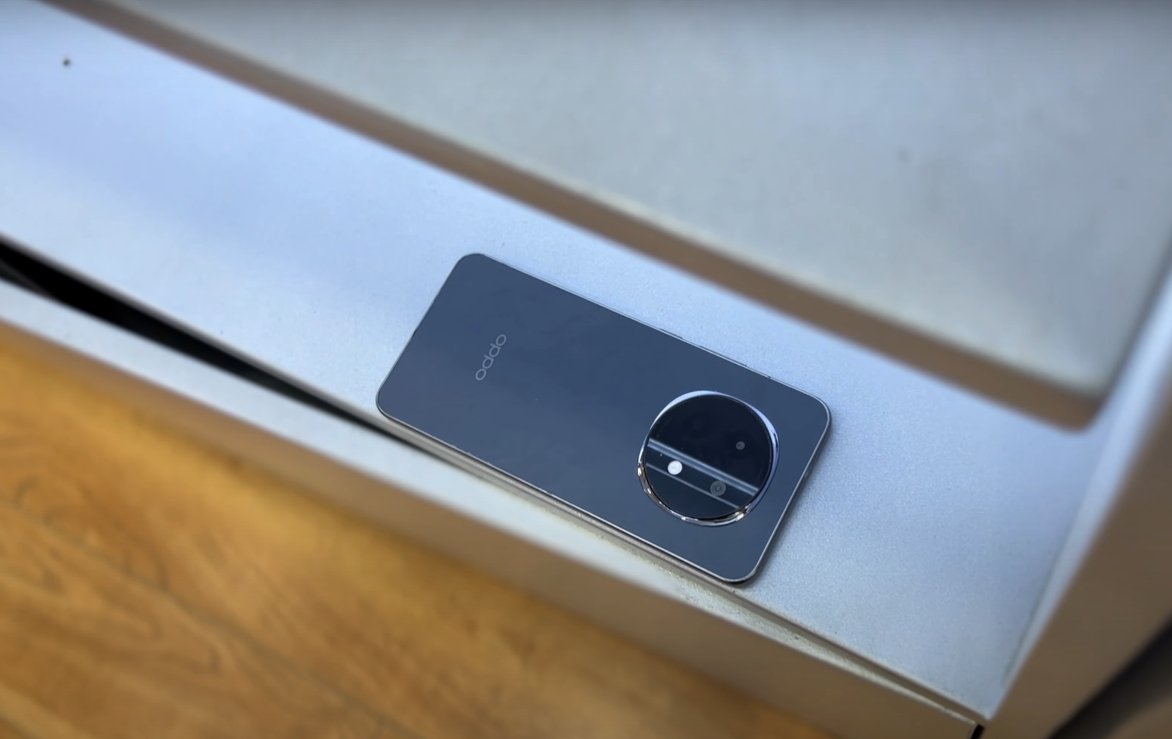Real-World Performance Comparison Between Honor X9d and Redmi Note 14 Plus
The smartphone market has become a battlefield of power and efficiency, with brands pushing devices that promise speed, multitasking, and smooth user experiences. Two of the most talked-about models in the mid-range category are the Honor X9d and the Redmi Note 14 Plus. Both phones bring impressive hardware and claim to deliver lightning-fast performance, but real-world usage reveals the true difference.
Starting with the Honor X9d, the device runs on Qualcomm’s latest Snapdragon 6 Gen 4 processor, which is built on a 4nm architecture. This chipset is known for balancing efficiency and power, offering enhanced CPU and GPU speeds compared to its predecessor. Paired with 12GB of RAM and up to 512GB of storage, the X9d ensures smooth app switching, faster loading times, and consistent multitasking even under heavy workloads. The software optimization in MagicOS further refines the experience by minimizing background lag and intelligently managing battery consumption during high-performance tasks.
On the other hand, the Redmi Note 14 Plus is equipped with a MediaTek Dimensity 7300 Ultra processor, a chipset optimized for gaming and high-refresh display performance. It comes with up to 12GB RAM and UFS 3.1 storage, which allows quicker data transfer and reduced latency during app installations or video editing. The MIUI interface on the Note 14 Plus adds a range of customization options and speed enhancements that improve response times. In daily use, opening social media apps, switching between games, and running multiple background processes feel fluid and snappy.
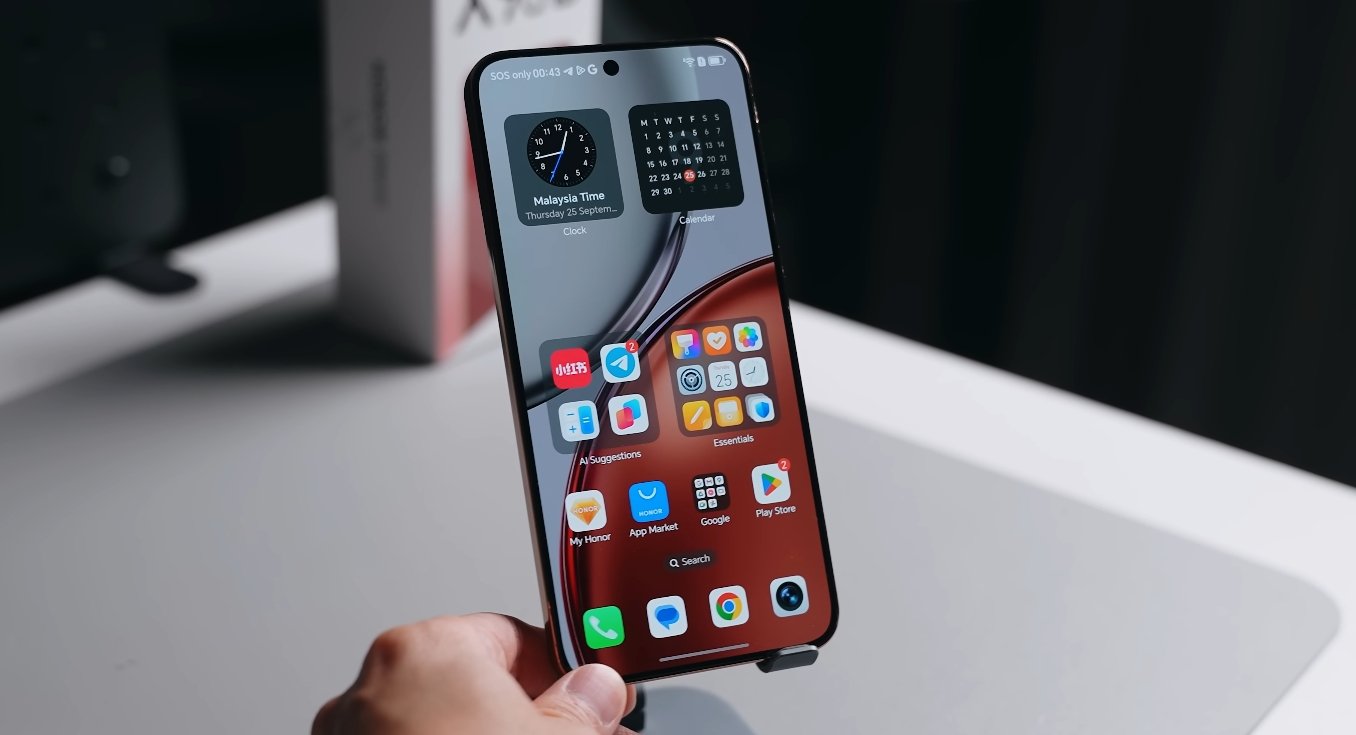
In real-world testing, both devices perform almost neck-to-neck in light to moderate tasks such as web browsing, video playback, and app switching. The Honor X9d, however, has an edge in thermal efficiency due to its advanced cooling system, which prevents the phone from overheating during extended gaming or 4K video recording sessions. This helps maintain stable performance over time without noticeable throttling. The Redmi Note 14 Plus, while extremely fast, tends to heat slightly quicker under similar workloads, especially when playing graphics-intensive games for long durations.
When it comes to gaming, the difference becomes more noticeable. The Honor X9d handles most modern games like PUBG Mobile, Asphalt 9, and Genshin Impact smoothly at medium to high settings with consistent frame rates. The Adreno GPU delivers sharp visuals and responsive control. The Redmi Note 14 Plus, however, provides a slightly higher frame rate in some titles thanks to the optimized GPU core in the Dimensity 7300 Ultra. It also benefits from its 120Hz AMOLED display, which makes animations appear smoother and gives the overall experience a premium touch. For casual and competitive gamers, both phones perform admirably, but the Redmi Note 14 Plus takes a marginal lead in peak gaming power.
Battery efficiency plays a critical role in real-world performance, and here the Honor X9d shines. Its 8,300mAh battery easily lasts through a full day of heavy usage, including gaming, streaming, and social media browsing. The fast charging capability replenishes power quickly, making it ideal for users who stay on the go. The Redmi Note 14 Plus, featuring a slightly smaller battery, still offers good endurance with optimized power management, though it may require a quick top-up before the day ends for power users. Both models include smart battery features that prevent overcharging and extend overall battery lifespan.
In terms of system stability and long-term usability, Honor’s MagicOS stands out for its minimal bloatware and cleaner interface, allowing smoother performance over time. Redmi’s MIUI has improved significantly, with reduced background drain and better memory handling, but still includes preloaded apps that some users may prefer to disable for optimal performance. Software optimization is a major factor in perceived speed, and both companies have focused heavily on improving real-world responsiveness rather than just benchmark numbers.
Ultimately, the real speed difference between the Honor X9d and the Redmi Note 14 Plus depends on usage patterns. The Honor X9d offers better sustained performance, cooler operation, and excellent battery life, making it ideal for users who prioritize stability and endurance. The Redmi Note 14 Plus, on the other hand, caters to those seeking gaming power, visual fluidity, and a higher refresh display experience. Both are strong performers in their class, and either choice guarantees fast, reliable performance suited to modern digital lifestyles.
Both smartphones deliver impressive real-world speed, proving that the mid-range segment is now capable of flagship-level efficiency. Whether one values raw gaming strength or long-lasting, consistent performance, the Honor X9d and Redmi Note 14 Plus stand as two of the most balanced and powerful options available today.
Also Read: Honor X9d vs Vivo X300 Lite detailed comparison
